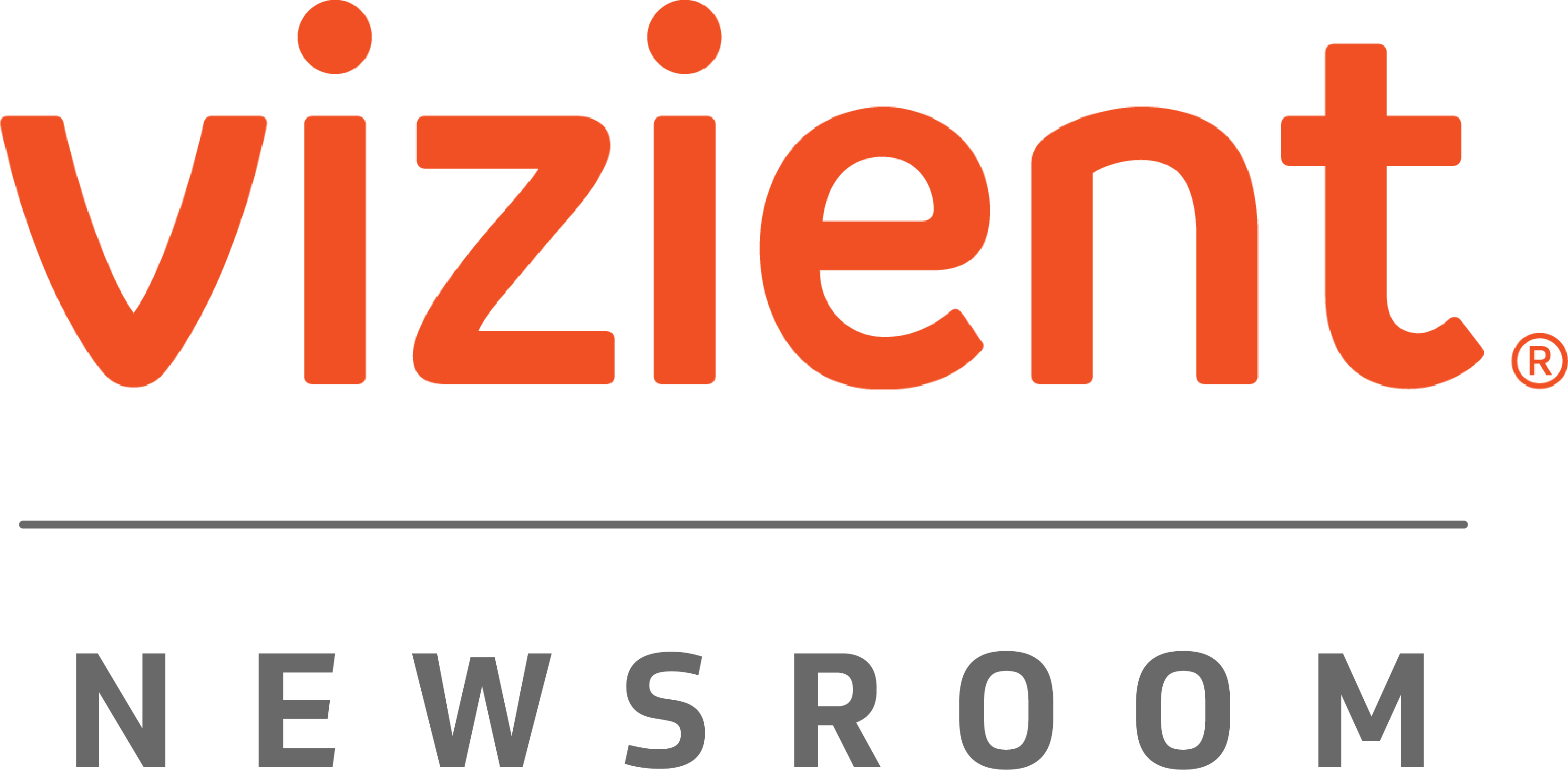by Sarah Herrmann
Vizient Director, Program Services
Back in the early days of the pandemic, Vizient entered a partnership with a supplier to ramp up nearshore manufacturing of isolation gowns — in just two months, weekly production ballooned from 50,000 to 500,000, ultimately landing nearly 22 million additional gowns in the hands of acute and nonacute healthcare providers across the U.S.
That in and of itself was quite a feat, but even more impressive was the manufacturer’s commitment to ensuring they met the infection prevention needs of the providers who purchased the gowns. They collaborated with providers’ infection prevention and purchasing teams to refine design details in an effort to better meet clinical needs, including adjusting sleeve lengths and cuffs, as well as seaming for the gowns’ “tear-down” feature to eliminate unnecessary contact with the gowns.
While this scenario was specific to PPE, this kind of interdepartmental collaboration is essential to ensuring appropriate infection prevention materials are available in the supply chain — and there are plenty of key takeaways from this example. For instance, stakeholders on both sides operated quickly to get feedback from infection prevention teams, funneled those through the supply chain, adjusted production at the factory to implement the requested refinements and then released samples for review. Once those changes were validated, the updates were put into production, with improvements benefiting everyone across the market.
Creating stronger collaborations: Considerations for success
In addition to rapid deployment of product and expeditious feedback connecting supply chain and infection prevention teams, other successful strategies include:
- Build better supply assurance: In the above example, the manufacturer provided additional assurance of product after having built up 90 days of inventory as part of a sourcing strategy with participating healthcare organizations. This provides an additional cushion in the supply chain and meaningful time to react when demand surges. Domestic products are often equated with being more expensive but contracting for on- or nearshore manufactured products allows manufacturers to ramp up production in a time of volatility, enabling healthcare providers to secure increased supply.
- Communicate specific needs: In an email to the manufacturer, a director of materials management at a hospital offered feedback that enabled the organization to provide its clinicians the appropriately sized gowns, ensuring patient and clinician safety. He thanked the suppliers for their responsiveness during a time when consumption rates on the gowns had quadrupled but pointed out that the arms in the latest samples were smaller than what staff needed. The manufacturer rapidly updated the sample for approval and produced the next order to meet their needs.
- Provide visuals when possible: Another provider shared with the manufacturer a video of a clinician donning their gown to demonstrate fit issues at the sleeve. The manufacturer rapidly provided an updated design to fix the issue and because the new gowns had been vetted with infection-and-control clinicians, they could be used in non-COVID areas as well. This allowed the provider to allocate the volume of other gown styles to COVID-specific areas.
Why it matters for providers and patients
As the delivery of healthcare evolves and the global supply chain continues to present challenges, all stakeholders must remain vigilant to ensure patient care is uninterrupted. Procedures and protocols on both sides must be continually evaluated to ensure supplies associated with infection prevention follow best practices, including strategies for sourcing, inventory, and communication between the supplier and the provider as needs evolve. Stakeholders should align infection prevention, supply chain and product to create operational efficiency, thereby reducing or eliminating the threat of improper product use that creates unsafe conditions and contributes to inefficiencies. These strategies will positively impact the ability to:
- Obtain needed products for optimal patient care
- Maintain patient and clinician safety
- Ensure that infection risk is minimized by using products with relevant features for the specific patient in their specific care setting
- Operate efficiently in terms of delivery, quality and costs
Inability to coordinate appropriate product acquisition between supply chain and infection prevention may lead to sub-optimal patient care outcomes, inefficient purchasing patterns and at times higher overall costs for the organization. Therefore, it’s essential for infection prevention and supply chain teams to build and maintain communication and collaboration to ensure the safety of providers and patients across the healthcare continuum.
About the author
Sarah Herrmann is director, program services at Vizient. She is an experienced service executive with a passion for delivering customer value, developing strategic solutions to support new product and contract opportunities, and maintaining relationships with key stakeholders. She has a Bachelor of Science in public administration from Indiana University Bloomington.
